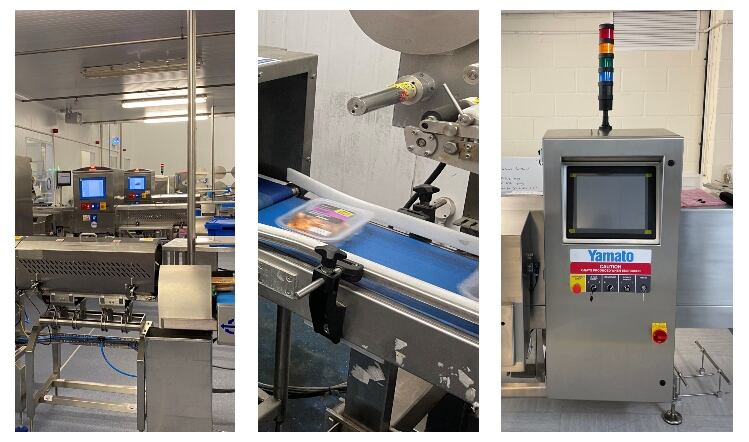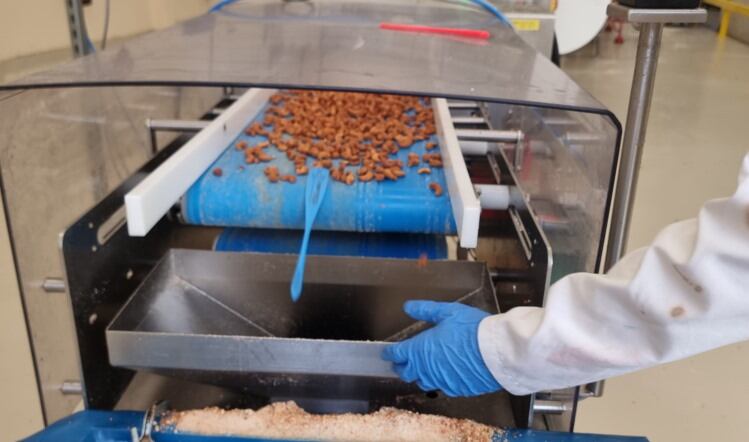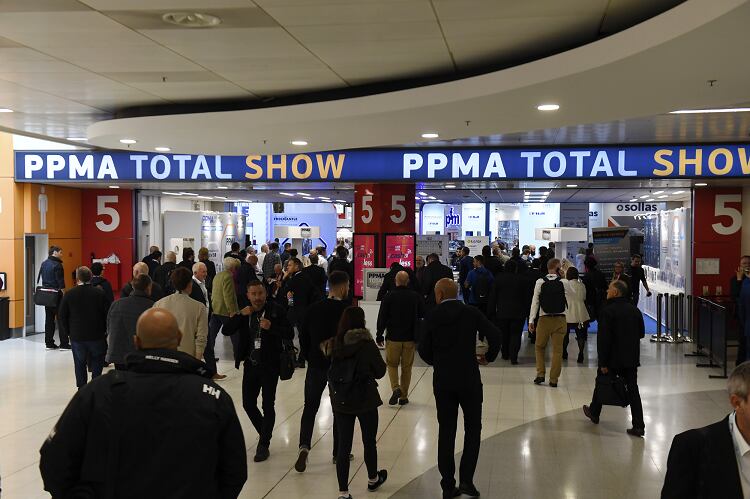1: Detect contaminants and uphold food safety
With food safety paramount in the factory, the extra level of scrutiny afforded by x-ray systems offer manufacturers are more all-encompassing level of detection than some other methods.
Due to food being relatively lower density that the foreign objects being detected, x-ray inspection can not only detect metal, but also, glass, calcified bone, mineral stone and certain plastics and rubbers, regardless of the contaminant’s shape, size or location within the product.
However, Pipe did warn that x-ray detection would not work in every scenario – contaminants of lower density, such as insects, wood and polyethylene film are not detectable.
“Food manufacturers have an obligation to their customers, such as retailers and supermarkets, and to the public in general to minimise the risk that foreign bodies in food products might reach consumers,” said Pipe.
“Failure to do so, and failure to show that the necessary steps are in place to safeguard against this, can have serious consequences for manufacturers.”
2: Avoid product recalls
Pipe described x-ray inspection programmes as a vital tool that can save them the hassle of a costly recall and fell in the category of good business and good customer care.
“Product inspection technology such as an x-ray system, with implementation properly planned and executed, is a vital tool that can save food manufacturers far more money than the lifetime costs of the technology itself,” he continued,
“Put another way, saving money by not implementing x-ray inspection is not only careless of food and consumer safety, but also fundamentally imperils the health of the brand itself.”
Implementing a well-designed x-ray inspection programme could cut the risks and the costs involved in product recalls, with real-time data collection potentially helping to isolate smaller contaminated batches that need to be recalled, instead of an entire production run.
3: Protect brands
The monetary cost of a product recall can be devastating for a food manufacturer, but it can be equally as damaging to their reputation and the reputation of their brand.
Plus, situations where a consumer has chocked on a foreign contaminant – like a small piece of bone or a piece of plastic – that wasn’t detected in the factory could lead to major legal action being taken.
“Not only can an x-ray inspection machine contribute to ensuring this situation never arises by detecting foreign bodies before anything leaves the factory, but it will also provide the production documentation needed to prove a manufacturer or retailer is maintaining the operating standards required to protect itself, its customers, and its consumers,” Pipe explained.
“This might prove critical in legal proceedings that result from a foreign body being discovered in a food product.”
4: Compliance with regulations and retailer specifications
While there is no definitive legislation requiring a manufacturer implement x-ray inspection, a number of codes and practices from regulatory bodies have emerged that require processes be as safe and transparent as possible.
To this end, many advocate the inspection of all food and related products by x-ray inspection.
“These standards do not exist in isolation: they are being embraced by retailers and in some instances are beginning to be used as a basis for supplier selection by these retailers,” Pipe added.
“In addition, the retailers themselves, as well as brand custodians, are developing their own codes of practice that their suppliers must adhere to. More and more supermarkets are insisting that suppliers implement a formal x-ray inspection programme throughout their supply chain.”
5: Product and packaging integrity
While the main focus of x-ray tech is to detect contaminants and remove them from the supply chain before they get into the hands of consumers, its applications can be applied in other areas as well.
Outside of simple contaminant detection, a wide range of additional quality control checks that the technology could also fulfil, Pipe explained.
This included counting components or identifying components in a pack – the greyscale image the x-ray creates would make it easy to check that the right numbers are present. It could also identify damaged packaging, measure product mass and zoned mass and check fill levels.
“As we have seen, while x-ray inspection systems excel in detecting high-density contaminants in food products, they are also capable of adding much more to a manufacturer operation,” Pipe concluded.
“They help to safeguard the business’s reputation, reduce costs and ensure the business stays within the stipulations of regulations and codes of practice set out by standards bodies, governments and major customers.”





